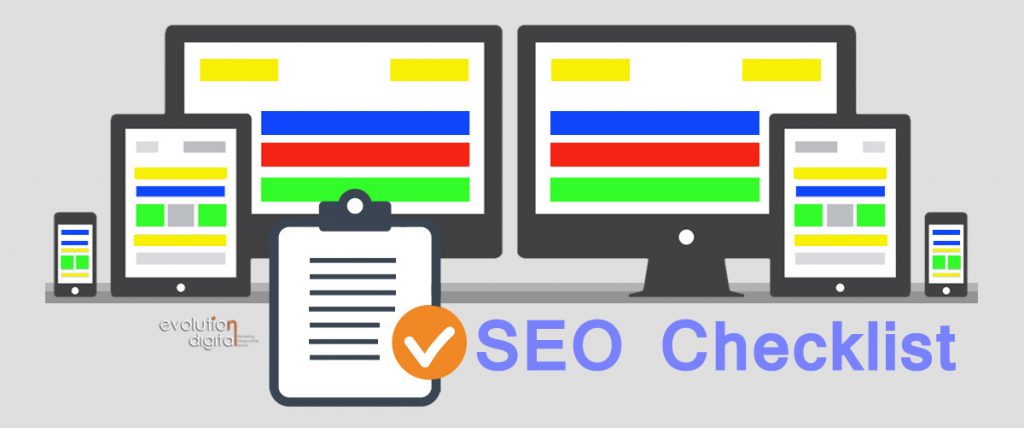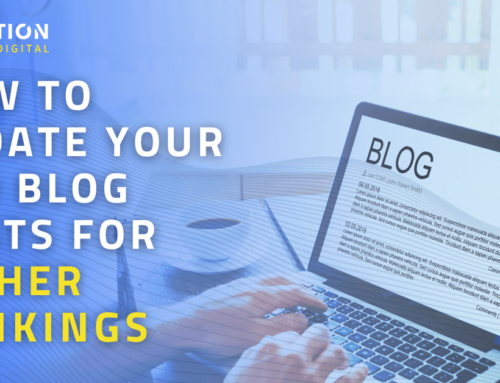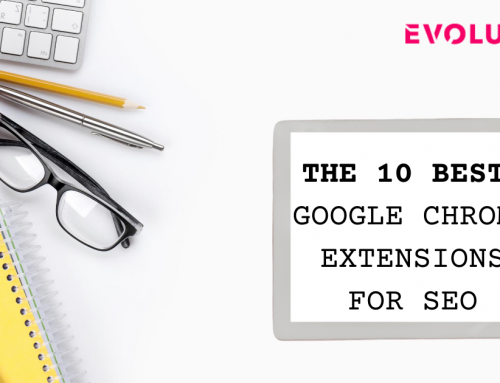
We all know small businesses cannot waste time and budget. This short 2016 SEO checklist can help any small business by improving your website optimisation and drive leads from organic traffic. Download the SEO checklist for small businesses in PDF here.
Tools
- Sign up for a Gmail account using your business name and sign up for a Google My Business.
- Sign up for Google Analytics. Run website traffic reports & understand users experience on site.
- Sign up for Google Search Console and optimise your website performance in search results.
- Sign up for Bing Webmaster Tools, if you want to target the Microsoft search engine.
- Install Google Analytics in your WordPress (Yoast), if you are using this platform.
Crawling
- Check Google Search Console for technical errors, missing titles, duplicate content and so on.
- Check any broken links, errors, and crawl problems using Screaming Frog.
- Set up and submit a sitemap on your Google Search Console and/or Bing Webmasters.
- Set up and submit an Image Sitemap and a Video Sitemap if they apply to your website.
- Set up and submit Robots.txt file.
- Set up redirects for pages that no longer exist.
- Exclude blocking factors: Flash and Frames
On Page
Metadata enables the communication between your website and search engines and getting it right is very important for SEO performance. Below are some factors and attributes you need to do for your website.
- Title Tag – Include the most suitable keyword for the page in your browser heading.
- Meta Description – Write a descriptive and compelling summary about the page’s content.
- Headings H1-H6 – Take advantage from a strategical H1-H6 usage on-page.
- Page URL friendliness – Make sure you have an SEO-friendly URL structure.
- Image ALT Tag – Describe the images you have on-page intelligently to search engines.
- Image File Name – Name images descriptively for search engine and people.
- Keyword Inclusion in content – Insert primary and secondary keywords in the copy strategically, but avoid duplicate and keyword stuffing.
- Page Content – Write substantive and solution-focused content.
- Anchor Text – Use keyword-focused anchor text for your internal links.
Loading Time
Site speed is one of the signals used by Search Engines as a factor to rank pages because it is related to user experience. So, always keep an eye at your website loading time to avoid negatively affecting indexation. Also, mobile searches have overtaken desktop searches, therefore you should plan and design your website with having mobile as primary focus, desktop secondly.
- Run a Mobile Optimisation Test
- Run a Mobile Friendliness Test
- Run a Desktop Speed Test
- Run a Mobile Speed Test
Also read Your Website What NOT to do – A guide on the top 5 factors for building a website.
Strategy
The following strategies should be used to help you with website performance.
- Use Google Keyword Planner to find the best keywords for your niche market.
- Use competitor analysis for insights and trends in your niche market.
- Use a link building strategy and get valuable backlinks.
- Use an internal and external links strategy.
- Establish a content strategy and calendar for your business.
If you want to see what Evolution Digital can do for your website and SEO, email us at info@evolutiondigital.ie or call 01 288 5118.




